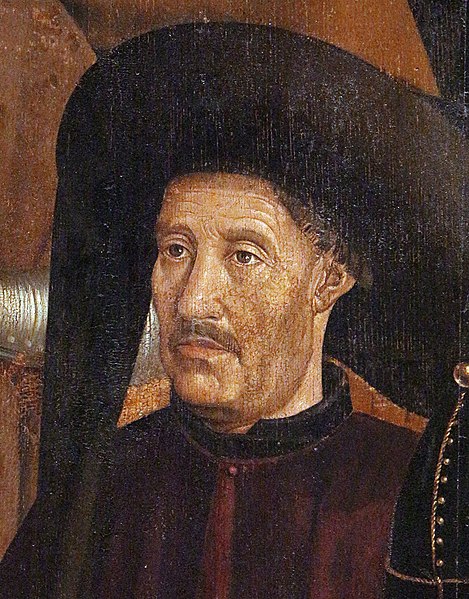Tristão da Cunha was a Portuguese explorer and naval commander. In 1499, he served as ambassador from King Manuel I of Portugal to Pope Leo X, leading a luxurious embassy presenting in Rome the new conquests of Portugal. He later became a member of the Portuguese privy council.
Tristão da Cunha, in a 1575 engraving.
Elephant Hanno and his mahout, Pen and ink, 1575, Museum of Fine Arts in Angers.
Image: Tristano da Acugna (Giovio Series)
Portuguese maritime exploration
Portuguese maritime exploration resulted in the numerous territories and maritime routes recorded by the Portuguese as a result of their intensive maritime journeys during the 15th and 16th centuries. Portuguese sailors were at the vanguard of European exploration, chronicling and mapping the coasts of Africa and Asia, then known as the East Indies, and Canada and Brazil, in what came to be known as the Age of Discovery.
The Cantino planisphere, made by an anonymous cartographer in 1502, shows the world as it was understood by Europeans after their great explorations at the end of the fifteenth century.
Vasco da Gama lands in Calicut on May 20th 1498.
Prince Henry the Navigator, generally credited as the driving force behind Portuguese maritime exploration.
The caravel was an existing ship type that was prominent in Portuguese exploration from about 1440







